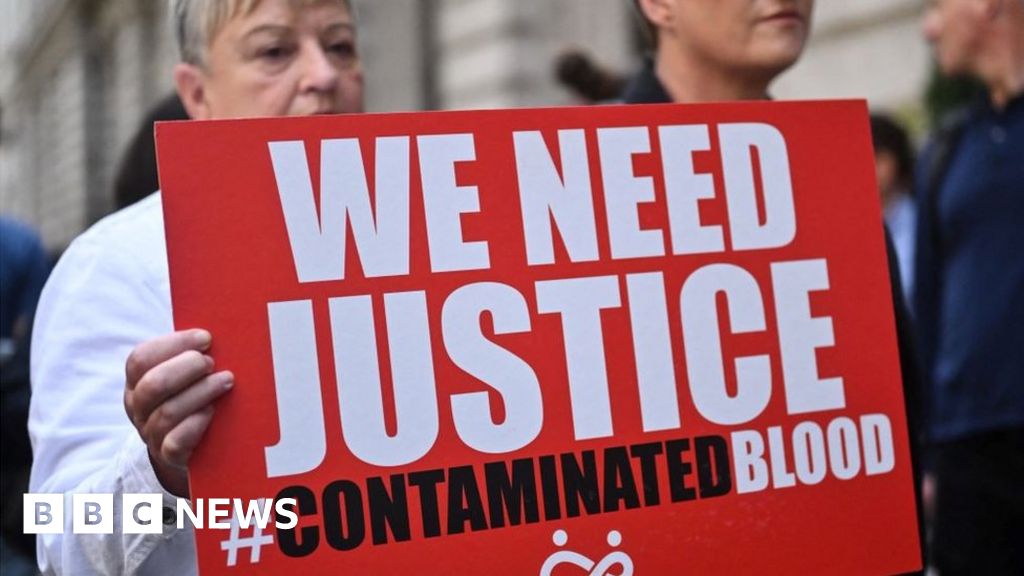A single course of antibiotics raises the risk of developing sepsis by 70 per cent for a year after taking them, a new study of NHS patients has revealed.
Experts found that the risk of sepsis, which is fatal in around a fifth of cases, increased with the number of antibiotic courses a person took.
Scientists from the University of Manchester analysed 250,000 NHS patients who developed sepsis between January 2019 and June 2022 and compared them with a group of 1.3 million people who did not.
Their research revealed that people who had taken a single one or two-week course of antibiotic tablets within the previous 12 months were 70 per cent more likely to develop sepsis than those who did not use them at all.
The risk increased with the number of times a person used antibiotics.
Those who took two or three antibiotic courses within the year were at 130 per cent greater risk, while those who took antibiotics four or more times were at more than triple the risk of developing sepsis.
The risk rose even further for those who had taken antibiotics within the last six weeks, with a single use leading to an almost four time increase in risk of sepsis, and four or more courses leading to a more than six-fold increase compared with someone who had taken none.
‘Immune system differences’
The scientists behind the study said the exposure to antibiotics and “adverse effects on the beneficial bacteria in the gut could lead to increased susceptibility to infection”.
Xiaomin Zhong, co-author and PhD researcher, said there may also be “underlying differences” in people’s immune systems that make them predisposed to having more infections.
There are around 250,000 cases of sepsis every year in Britain, with around 50,000 people dying from the infection – more than bowel, breast and prostate cancer combined.
It can start with a minor bacterial infection, such as a simple cut or chest infection, and is hard to diagnose, with nondescript symptoms like drowsiness, nausea, vomiting, breathlessness and pain, among those that can take hold.
It occurs when the body’s immune system overreacts to the threat and begins attacking its own tissues and organs and requires emergency intervention, including fluids and antibiotics, otherwise it can cause multiple organ failure and death.
It comes after Dame Jenny Harries, the chief executive of the UK Health Security Agency (UKHSA), called on the public to “treat antibiotics with respect” last week amid a surge in prescriptions and resistant infections.
Surge in prescriptions
A post-pandemic resurgence in contagious diseases such as Strep A led to an 8.4 per cent increase in antibiotic prescriptions in 2022 compared with 2021, with 58,224 infections resistant to treatment.
Using the World Health Organisation’s standard measure for drug use, UKHSA said there were 17.4 daily doses of antibiotics per 1,000 people throughout 2022, suggesting around one million people were taking an antibiotic on any given day, on average.
There are hundreds of different antibiotics and they are among the most common type of medication prescribed on the NHS, treating a range of conditions, including respiratory infections, urinary tract infections, skin conditions, and sepsis.
Dr Colin Brown, lead for antimicrobial resistance and sepsis at UKHSA, said the data was “increasingly highlighting the complex interplay between socioeconomic status, underlying medical conditions and sepsis risk”.
“Our research has found that some people were more likely to die from sepsis compared to others, including those in the lowest socioeconomic groups, and that those who need to take antibiotics more regularly are also at greater risk,” he said.
“This may be due to underlying differences in their immune status or conditions that predispose them to repeat infections.”
The study found that one in five of the sepsis infections were acquired within the hospital, but that the risk was twice as high if the patient developed it in the community.
Risk factors
It also revealed what other health factors were likely to increase the risk of sepsis.
For example, the risk for people with cancer was more than double those without, while patients with chronic liver disease and chronic kidney disease had an up to three-fold and six-fold greater risk respectively.
The life-threatening infection was also more common in people with a neurological disease, diabetes, immunosuppressive conditions, learning disability, or if they smoked or were under or overweight.
The scientists said people from the most deprived areas had almost twice the risk as those from the most privileged, and were 25 per cent more likely to die.
Analysing the number of deaths within 30 days of a sepsis infection, they said people over 80 and those from deprived backgrounds were more likely to die.
Dr Ron Daniels, founder and joint chief executive of the UK Sepsis Trust, said the study revealed the impact “that socioeconomic status and the presence of underlying illness” play in sepsis.
“As an intensive care doctor in inner-city Birmingham, I frequently see patients from underrepresented communities presenting late with sepsis,” he said. “However, we must remember that whilst the risk factors highlighted in this study are important, sepsis can still strike indiscriminately.”

Sarah Carter is a health and wellness expert residing in the UK. With a background in healthcare, she offers evidence-based advice on fitness, nutrition, and mental well-being, promoting healthier living for readers.








/cdn.vox-cdn.com/uploads/chorus_asset/file/25454278/DCD_Sundar_Pichai.jpg)